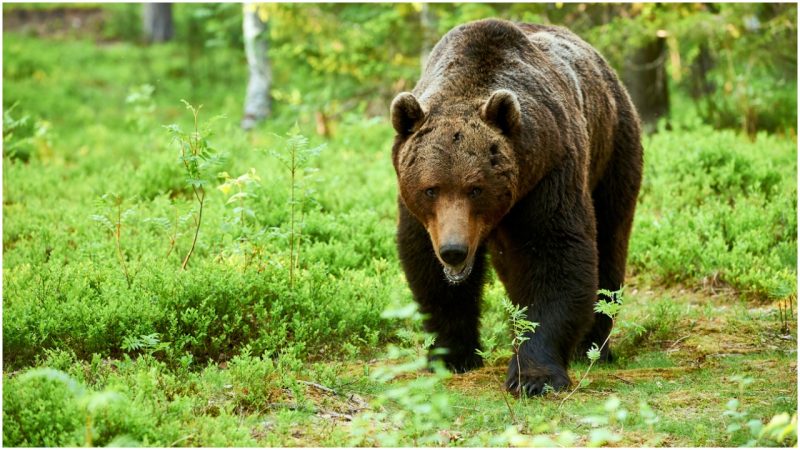It was a cold winter in Sankebetsu Rokusen Sawa, which is some 18 miles inland from the west coast of Hokkaido Island. The year was 1915, and the world was at war. But in Japan, besides fighting Imperial Germany, the inhabitants of Sankebetsu Rokusen Sawa had a different kind of enemy: a huge Ussuri brown bear. The bear had woken early from its hibernation. Hungry and looking for food, it began a killing spree that would devastate many lives. Due to the meticulous Japanese records kept since that time, almost all the details of the events are known today.
It all began on a mid-November morning when the brown bear appeared on the doorstep of the Ikeda family. This first encounter with the bear was scary but essentially harmless, as the bear took some corn and left shortly afterward. Although it was too early for a bear to wake up, meetings with wild animals weren’t uncommon in the area since it was a freshly settled community.
Unfortunately, the bear appeared again on November 20. The head of the Ikeda family became concerned and called his son and some friends from the neighboring village for help. On November 30, they managed to shoot the bear but wounded it only and the animal managed to escape, leaving a trail of blood. They followed the trail to Mount Onishika, but they didn’t manage to catch up to it. Believing that it would not return again since it must have been deterred by the gunshot wound, the people put a stop to the search.
Tragically, they were very wrong.
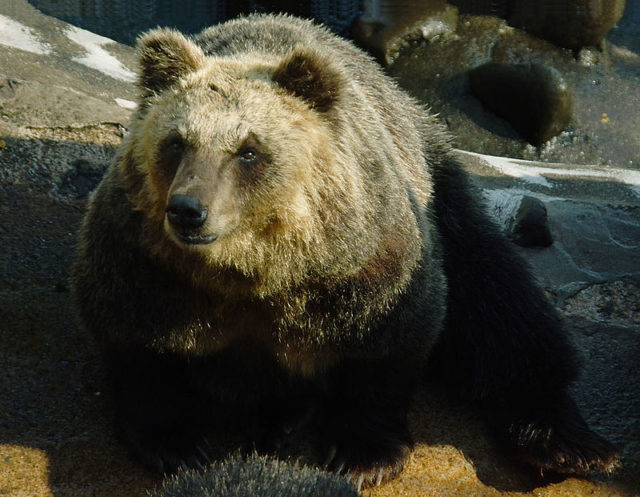
The bear reappeared on the morning of December 9, this time at the home of the Ota family. Inside the house, Abe Mayu, the wife of the head of the Ota household, was babysitting a baby (which was not related to her) called Hasumi Mikio. The bear entered the house, attacked the baby, and killed it. A few seconds later, the bear took Mayu and dragged her out of the house. The scene was terrible; Mayu was later found by a search party and her remains were buried under a tree in the snow. The search party finally located the bear 150 meters into the forest. Five of the men shot at it, but only one bullet hit and the wounded bear managed to escape again.
The village was in a panic as people feared that the enraged and hungry bear would return for more human flesh. Many armed villagers came to the house of the Ota family to keep guard and an additional 50 guards were deployed at the house of their neighbors, the Miyouke family. During the night, the bear appeared in the yard of the Ota family. One of the men took a shot at it, but missed. The guards from the neighboring homestead arrived to assist but by that time, the bear was gone. Nobody could have ever expected what was about to ensue.
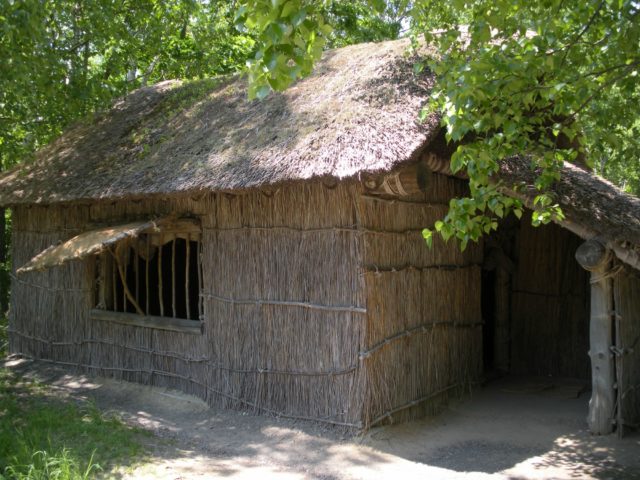
As well as the 50 guards that were posted in the yard of the Miyouke family household, there were also several women with their children inside, including Miyouke’s wife, Yayo. Now, with the guards dispatched to the other house, the women and children were left unprotected. The fleeing bear had managed to get past the guards unseen and got into the house of Miyouke. Inside, Yayo was preparing a meal while carrying one of her children on her back. When she heard noises outside she went to investigate, but it was too late, the bear was already in the house. Yayo tried to escape but her second son tripped her in the dark and she fell, and while she was on the ground, the bear attacked her and bit the child on her back.
During this attack, there was only one guard left outside the house. When he heard the noise inside, he opened the door and the beast left Yayo and attacked him instead. While he attempted to defend himself, the bear struck him in the back. The bear continued with its killing spree and killed Yayo’s third son. Two more children and a pregnant woman were killed at the house that night.
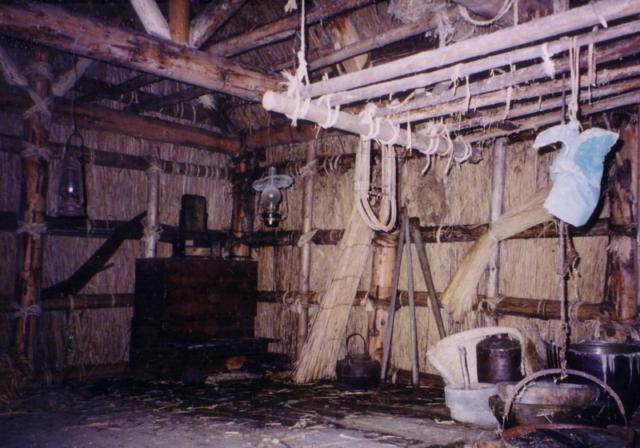
Yayo somehow managed to escape and alert the guardsmen who were returning from the unsuccessful hunt. She told them about the attack. There were still noises in the house, which was a sign that the bear was inside. The guardsmen recommended burning the house down, but this was rejected by Yayo, who was hoping that somebody might still be alive inside.
The guards then divided themselves up into two parties: one at the back of the house and one at the front. When the bear appeared at the front door, the confused guards feared that somebody would die in the crossfire, and the bear managed to disappear into the night; this beast that had killed six people in only two days had escaped once again. Inside the house, the scene was horrible. Only two children survived the attack.
When the head of the Miyouke household (who was traveling the night of the attack) found out about the tragedy, he decided to contact Yamamoto Heikichi, a professional bear hunter. When he explained the attack to him, Heikichi was convinced that the culprit was a bear called “Kesagake” (vaguely translated as “the diagonal slash from the shoulder”). According to him, this bear had previously killed three women. Heikichi, who had traded his gun for alcohol, refused Miyouke’s request for help, telling him that he wasn’t in the business anymore.
Two days later, a government team of snipers was formed, which eventually, after some persuasion, included Yamamoto Heikichi. They were intent on hunting down and killing this bear that was terrorizing the region. On December 13, the bear Kesagake invaded the house of the Ota family yet again, taking all of their food reserves, then continuing on to ransacking a further eight houses before returning to the mountain.
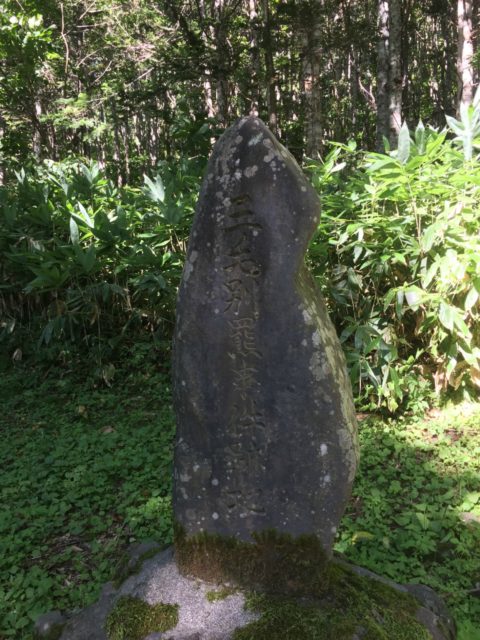
The search party now consisted of 60 men, together with Heikichi. That same night they managed to spot Kesagake and shot at it but once again, they failed to kill it. A small team lead by Yamamoto was assembled to follow the blood trail and foot prints of the wounded bear. Yamamoto, who knew Kesagake’s habits very well, managed to track it down under a Japanese oak tree. He decided to move with only one man accompanying him, and they got to a distance of within 20 meters of the bear when they fired. Yamamoto shot Kesagake directly in the heart, and with the next shot hit it in the head. The beast was finally dead. Kesagake was huge and when they measured it, it was 749 pounds and nearly 9 feet tall.
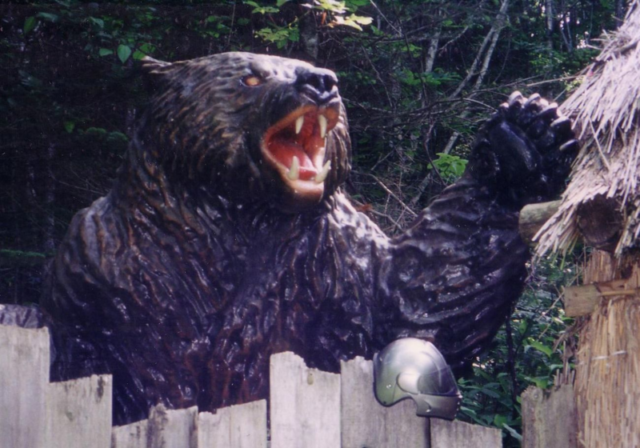
Soon after these tragic events, Rokusen Sawa became a ghost town, as many of the villagers left in fear of more bear attacks.
So what was the cause of this killing spree? Many people believe that the bear woke up early due to hunger, probably making it more aggressive. Another problem that was identified was the deforestation in the region, a process which brought bears and humans into close quarters. Deforestation also chases out the bears’ natural food source, leading them to search for food in human settlements. It is important to note that bears do not naturally hunt and kill humans. Although it is always tragic, they usually only attack if the humans are in the way of their food or a threat to their cubs.
Today, in Rokusen Sawa, there is a forest shrine called the Sankebetsu Brown Bear Incident Reconstruction Location. Here, in memory of those who died, the story is presented authentically, with an original house from that period having been reconstructed and full explanations given of the events that occurred.
